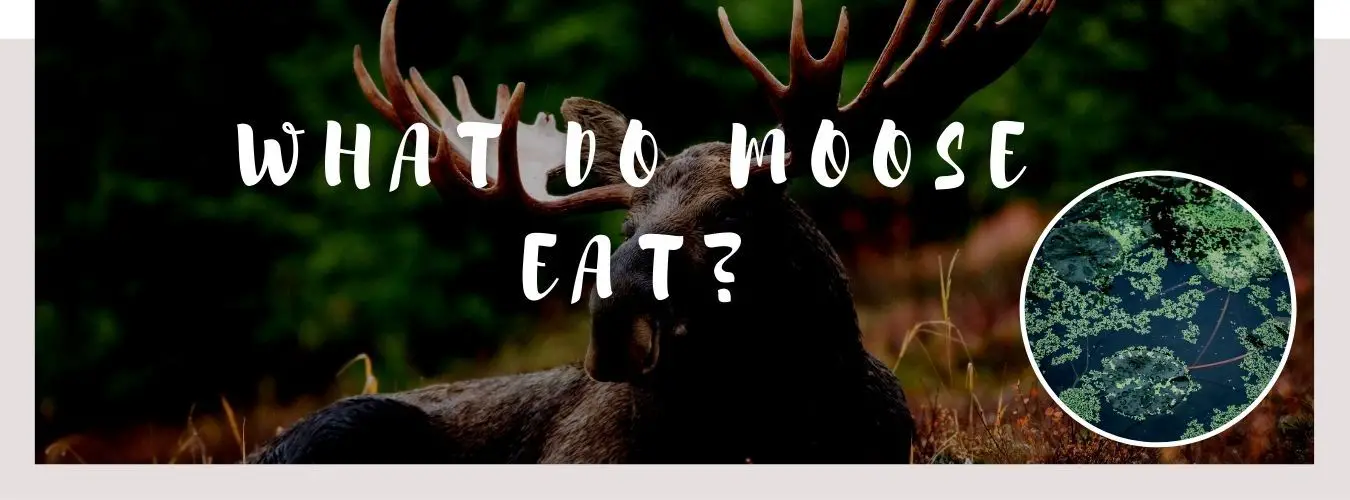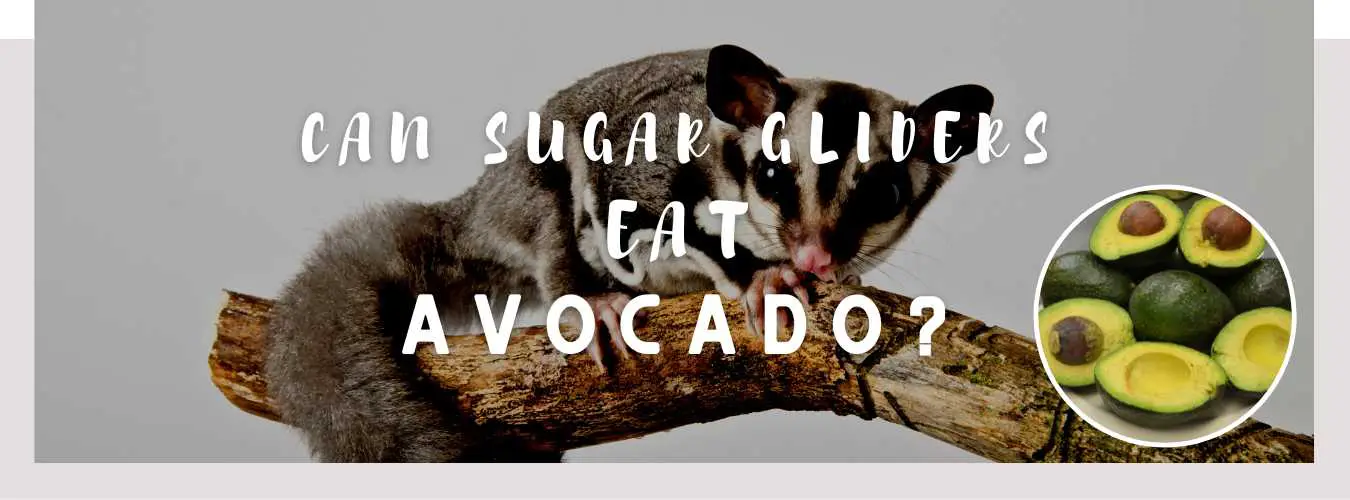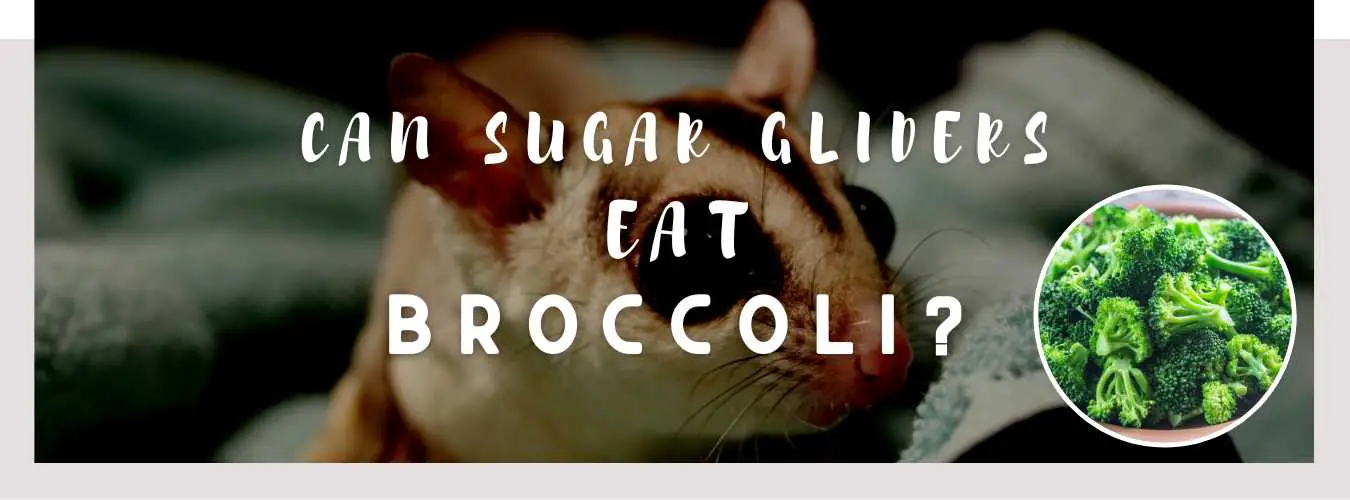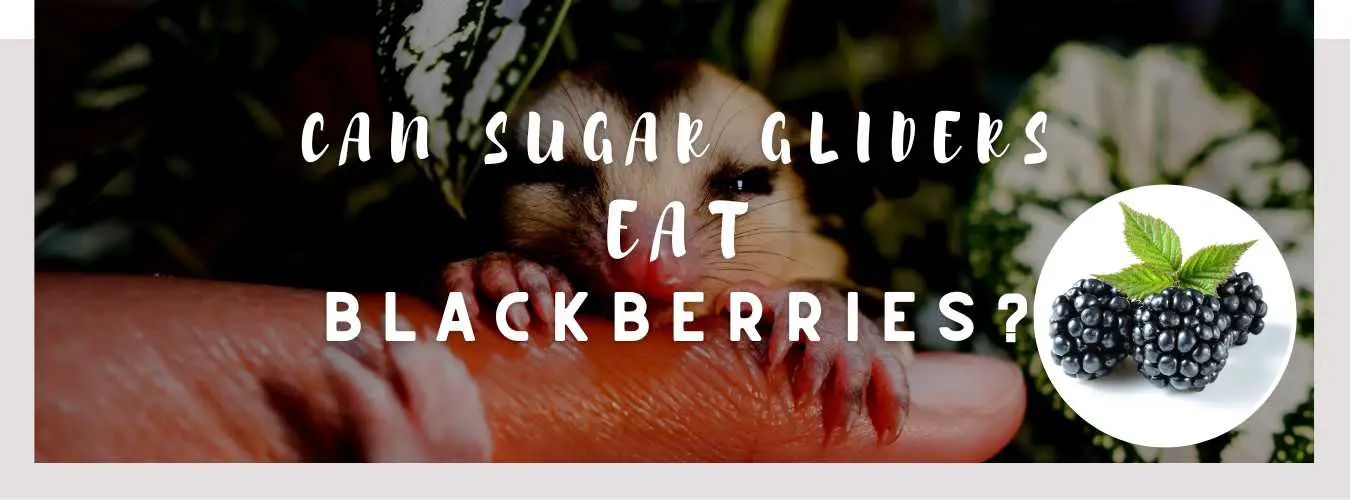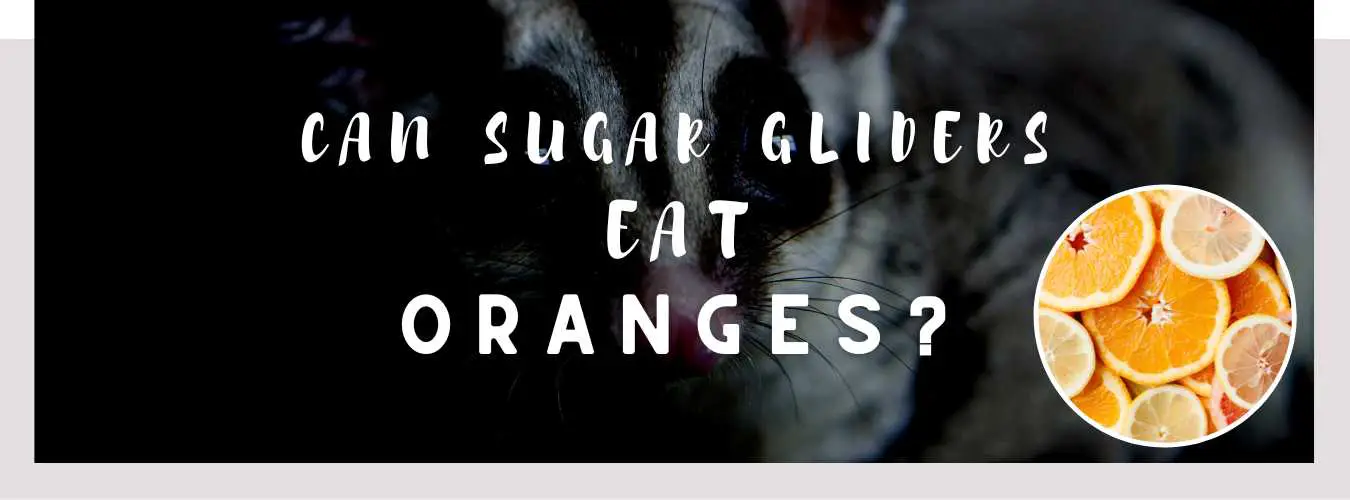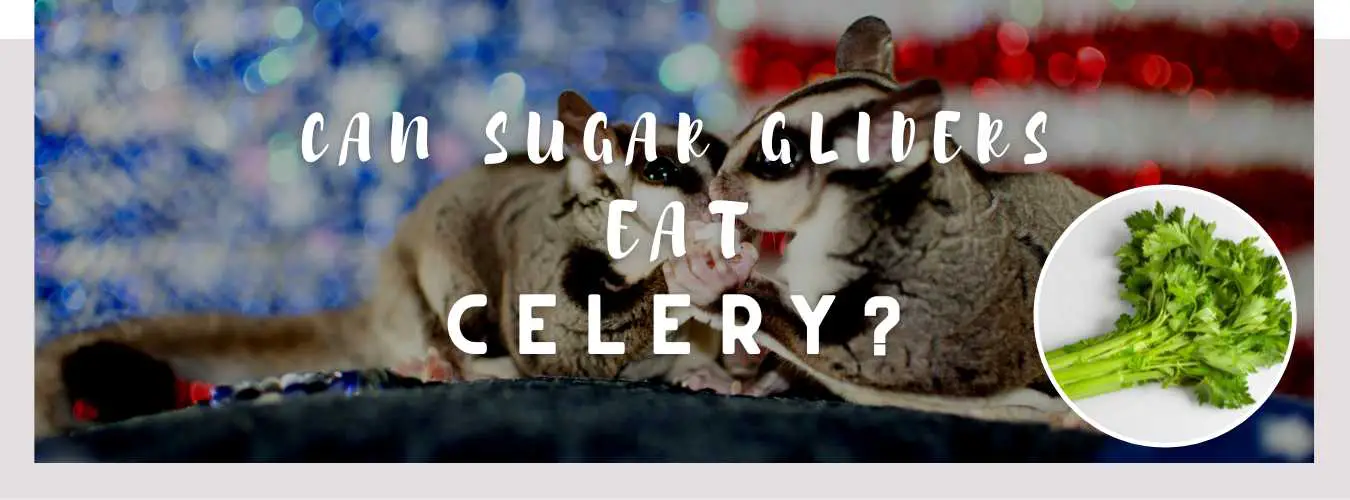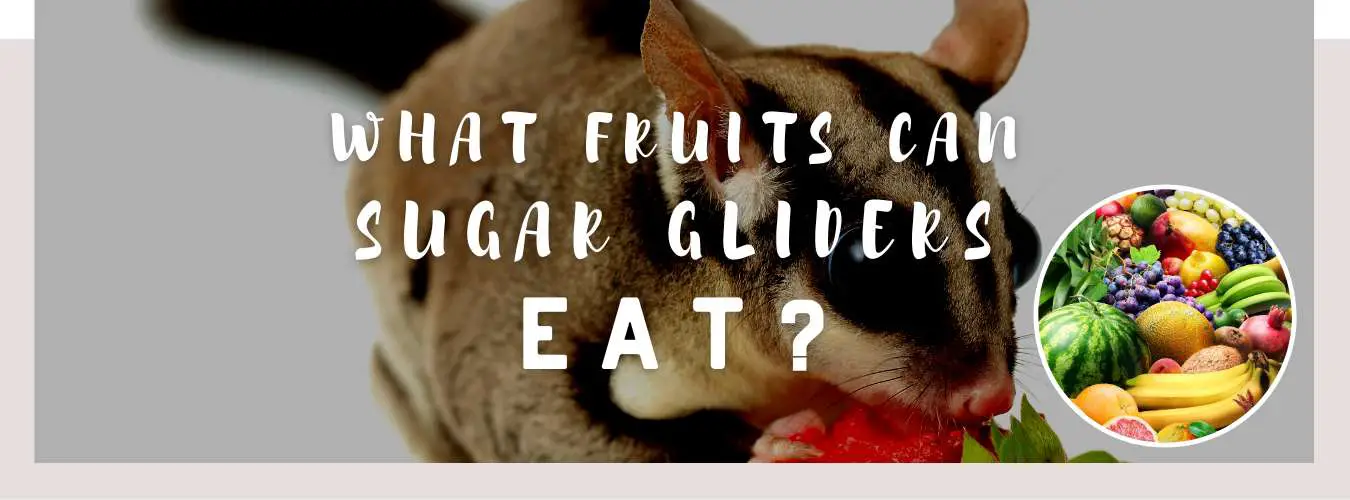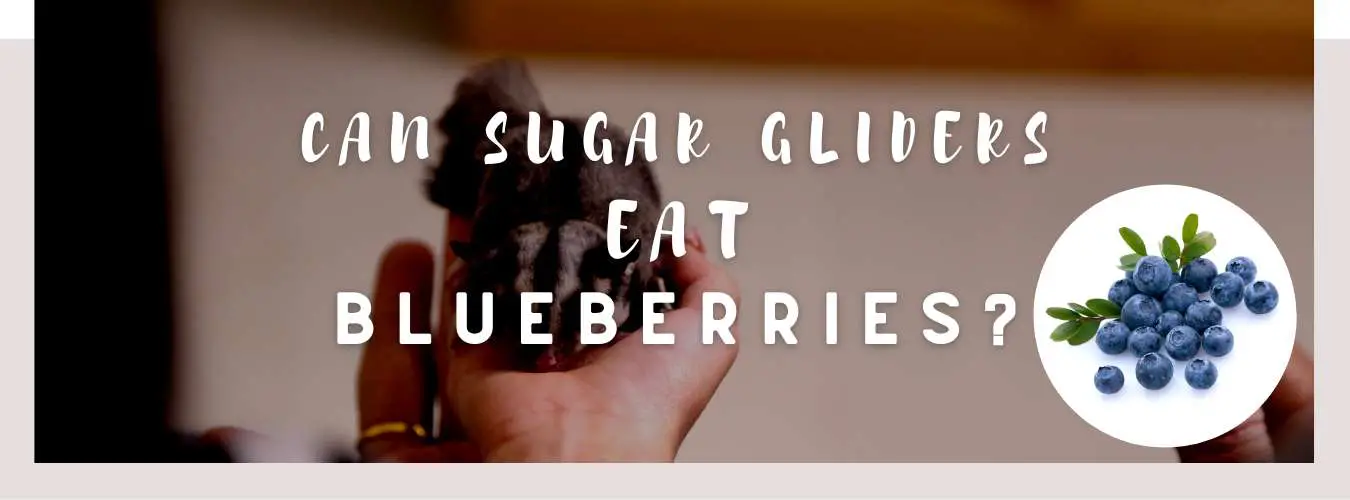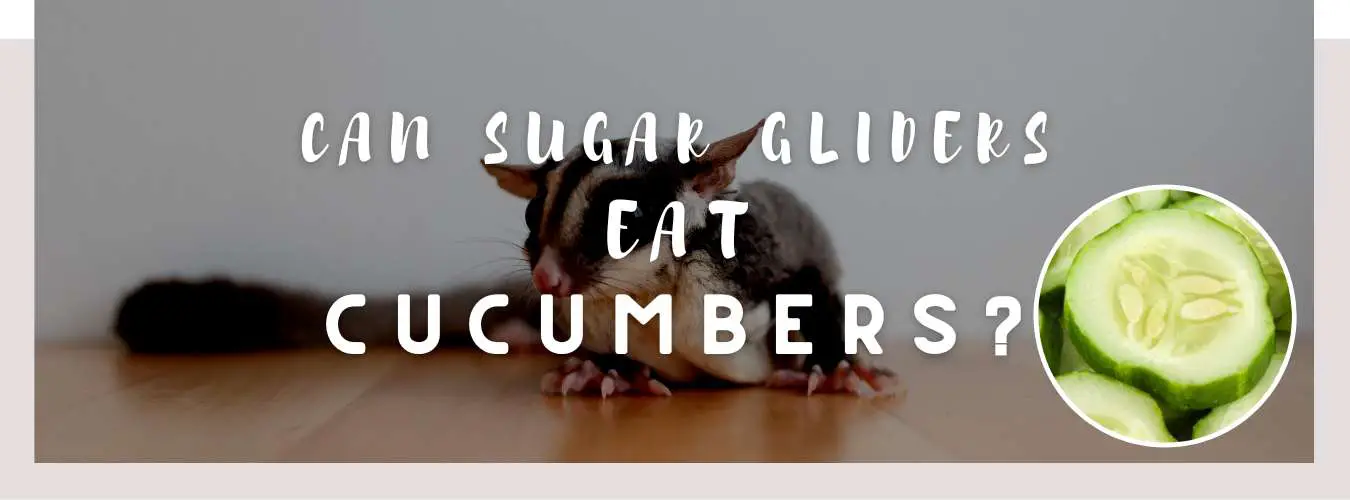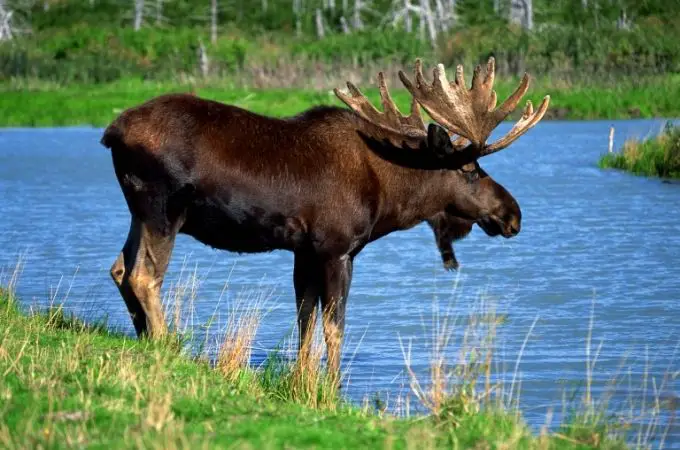
Moose are the heaviest and largest members of the deer family. Some of them weigh a whopping 1000 pounds and even more. Their body features are unique.
After seeing a male moose, their impressive size might have you wondering, “What do moose eat?”
What Do Moose Eat?
Moose are herbivores. They do not eat meat at all. They thrive on aquatic vegetation and plants found on land.
Moose live near shallow water, with many of the herd slightly burying their head in the water. Do not mistake that for fish hunting. They are strictly herbivores, and will forage in shallow waters for one of their delicacies: aquatic plants.
Other food sources they enjoy can be gleaned from their name. Moose literally translates as “eater of twigs” in English from the Algonquin language.
Moose: Diet, Location, and Season
Moose diet depends greatly on the season and location. While the moose would prefer to eat green grass and aquatic plants in the summer, rare plants close to moose habitats are preferable in the winter. Spring brings cravings for natural green foods like bloom, shrubs, and grass.
Wild moose and young calves prefer a natural and straightforward diet of tree flowers, leaves, roots, twigs, and bark. Moose thrive well in the wild. They may not survive well in captivity.
Moose’s diet consists primarily of plants. But what type of plants makes up a moose diet?
- Moose Eat Aquatic Plants
Moose enjoy aquatic plants. They often spend a lot of time around water bodies. So browsing shallow water bodies for some of these goodies is natural.
Interestingly, wild moose are great swimmers and sometimes even dive to eat some of their favorite foods when they spot them in the water. Some aquatic plants that moose prefer include horsetails, hornwort, pondweed, and water lilies.
Aquatic plants are moose’s favorite food, and they will eat them in summer and winter. These water plants are rich in sodium and iron, which moose need to grow antlers.
Many times, moose populations have been observed swimming while foraging for aquatic plants in the winter months.
You might also like: What Do Crabs Eat?
- Fruits, Vegetables, Trees, Shrubs, and Flowers
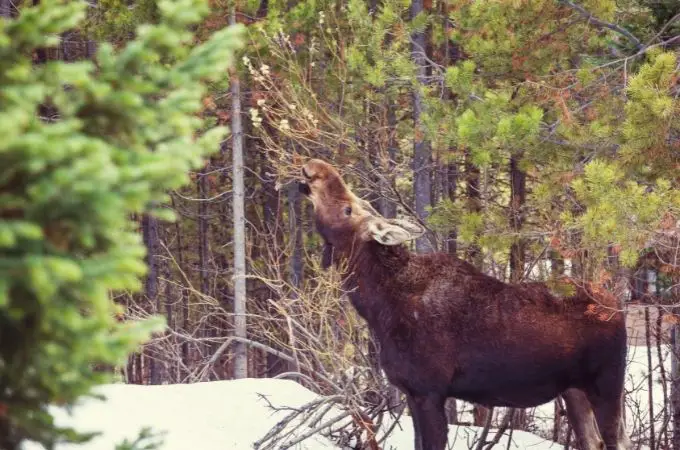
Moose eat flowers, trees, and shrubs. This deer species particularly enjoy tree bark as part of their natural diet.
They are known for feeding on tree parts such as aspen trees, maples, dogwood, willow trees, birch, and even evergreen trees like balsam fir. You may find them feeding on an entire branch of willow trees, aspen trees, or balsam fir.
They also enjoy fresh shoots and soft shrubs in addition to young trees. An average moose eats some 30 to 40 pounds of vegetation a day!
They also consume flowers like tulips, lilacs, bluebells, and sunflowers. Do not leave your gardens exposed if you find moose roaming the area. They will eat both wildflowers and the ornamental flowers in your garden if they are attracted to them.
Moose also enjoy fruits and vegetables, which keeps them healthy. Moose spend their time browsing fruits from trees and eating vegetables they find on their path.
But moose are ruminant animals. Their digestive system is designed for grass. That is why they are often in the habit of regurgitating and chewing the cud again. While they may browse for fruits once in a while, they are more interested in trees, soft plant matters, and aquatic plants.
You might also like: Can Bearded Dragons Eat Tangerines?
Do Moose Eat Meat?
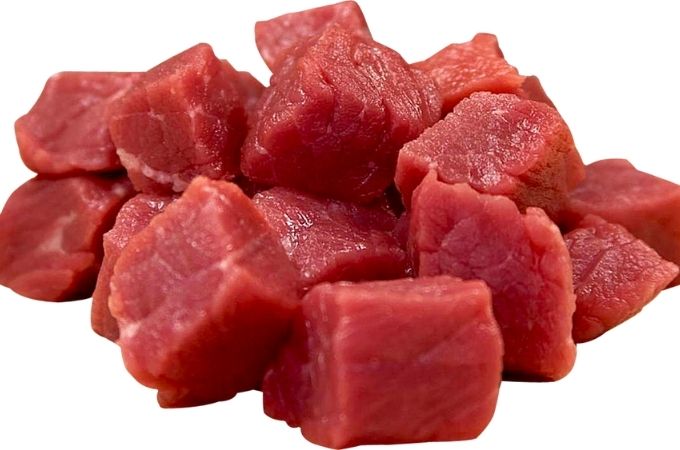
Moose do not eat meat. They are herbivores. They gain their nutrients and feed on vegetables, greens, and fruits. Unlike some other members of the deer family, bull moose and cow moose do not eat meat.
Surprised? Yes. Some deer species have been observed attacking and hunting smaller wild animals for food. Some others have been seen indulging themselves in carrions. This behavior is a result of necessity and not induced by the taste for flesh.
These other deer species will only resort to meat when other foods are scarce. However, adult moose can become aggressive when harassed by humans.
They may sometimes attack humans. They are simply being defensive and staying alert to protect themselves and their young calves from threats.
Do Moose Eat Algae?
Moose are herbivores. They eat only plants. But they love to eat algae. A moose would even invade a beaver pond to get some algae.
Although algae is not technically an aquatic plant, it is a significant source of iodine.
Algae is a good food source for most moose. It has high calcium levels, iron, and more.
Moose enjoy lichen which is closely related to fungi. Moose will dig its way through a heap of snow to get lichen.
What Do Baby Moose Eat? (Bull Moose and others)
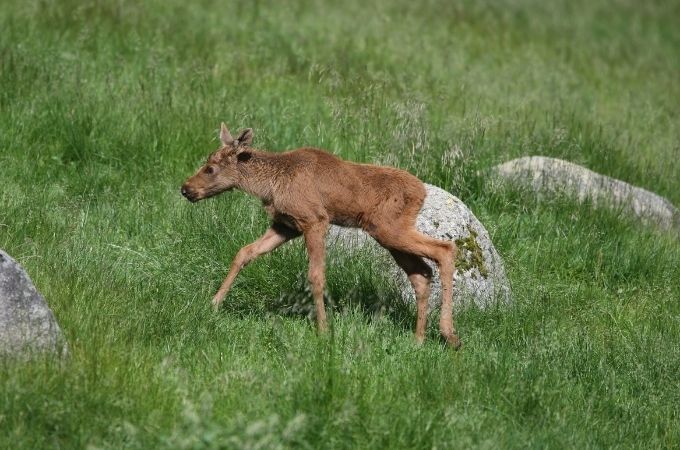
Bull moose are the male moose. They grow antlers in the spring to prepare for the mating season in Autumn.
Bull moose with impressive antlers mate with the female moose, also known as cows, to produce young calves. These moose calves feed on milk for their first five months. They depend on their mothers for support, protection, and food.
Although female moose do not grow antlers like the mature bulls, they protect their young calves with powerful kicks from their hind legs. These kicks from female moose can be so powerful that they do serious and long-lasting damage to the unlucky predators that occasionally attack them.
Young calves stay with their mothers and exclusively feed on their mother’s milk until they are weaned. Once weaned, they switch to an herbivorous diet consisting of vegetation.
Toxic Foods Moose Should Avoid
You should not feed moose plant foods like Japanese yew and Chokecherry. These plants are toxic to this deer species as they contain an extreme amount of cyanide which can kill moose. Don’t plant them near moose habitats.
Japanese yew is a very dangerous plant. It contains toxins that would be fatal if ingested by moose or even humans. The toxins are taxine A and B.
If an animal ingests this plant or its berries, it will exhibit symptoms which include suffocation, tremors, vomiting, and even seizures in some animals. A mouthful of the leaves or berries can kill an animal in thirty minutes.
Chokecherry is a very attractive plant that blooms from April to July. Its fruits usually appear as early as July. But this plant is a dangerous food choice for moose, especially after the leaves have wilted. The process of wilting releases cyanide in the leaves and makes them sweet, which may be fatal.
Cyanide is a very deadly chemical that makes it challenging for the cells in an animal’s body to utilize oxygen. This is why animals that ingest food sources containing cyanide have difficulty breathing if medical attention is not provided. Cyanide is poisonous for humans and moose alike.
Although moose are not likely to taste these life-threatening delicacies, it would be best to remove these toxic plants if you find them in an area with a moose population as this plant could wipe out a great portion of any moose population.
Final Thoughts
Moose are herbivores but have various feed choices. In the US, it is illegal to feed them. Despite the dangers of collision with moose during the winter months, they symbolize life in some states. It would be unpleasant to get on the wrong side of the law for feeding an animal that could have done well for itself without your help.
Also, feeding moose can be very dangerous for you and the moose. They may feel threatened if you approach them and become aggressive. They may wreak havoc. It would be best to leave them to the wild.

